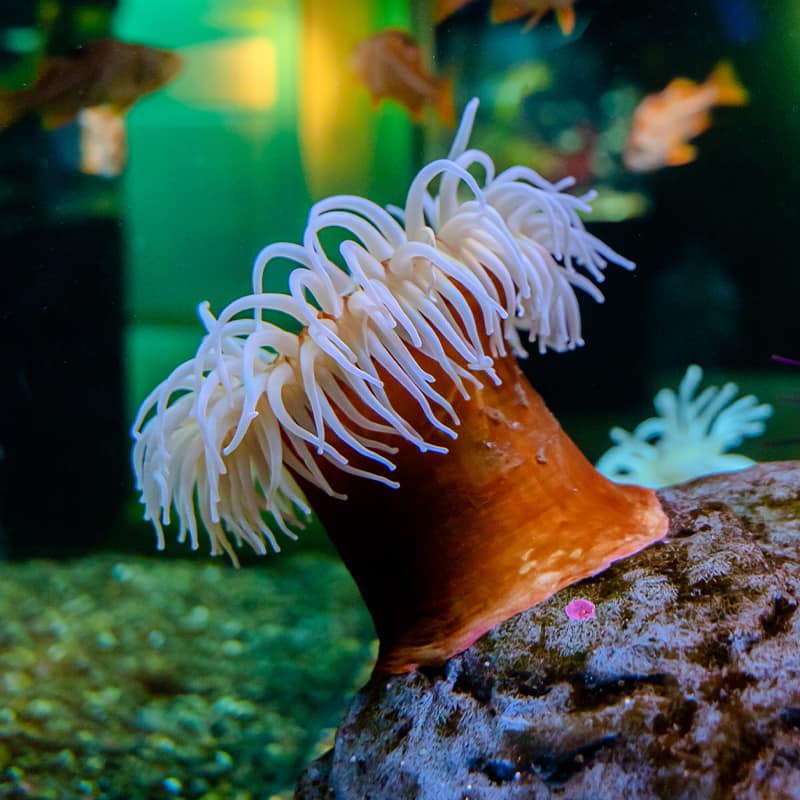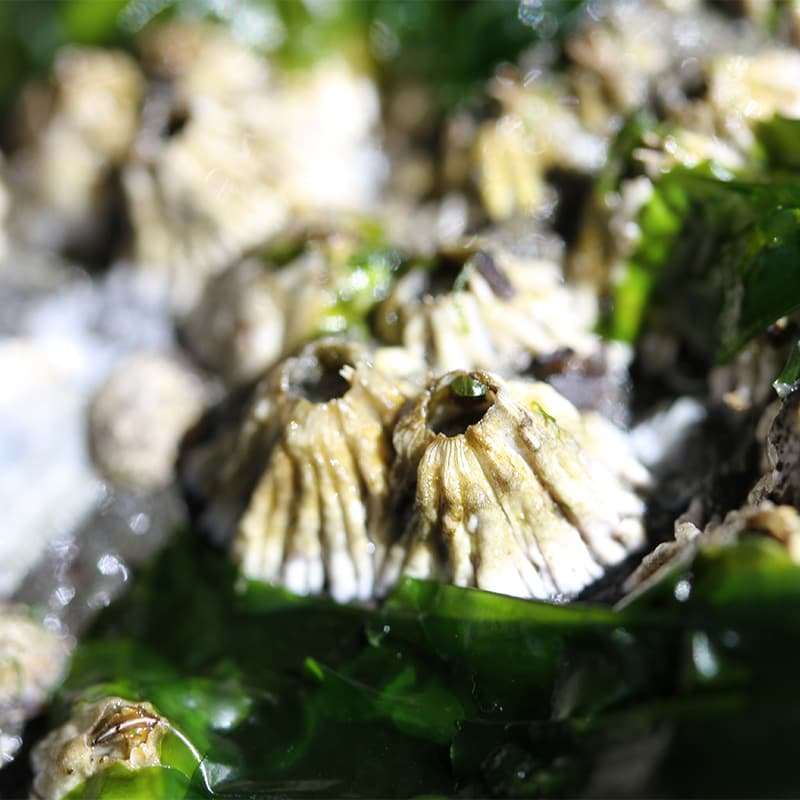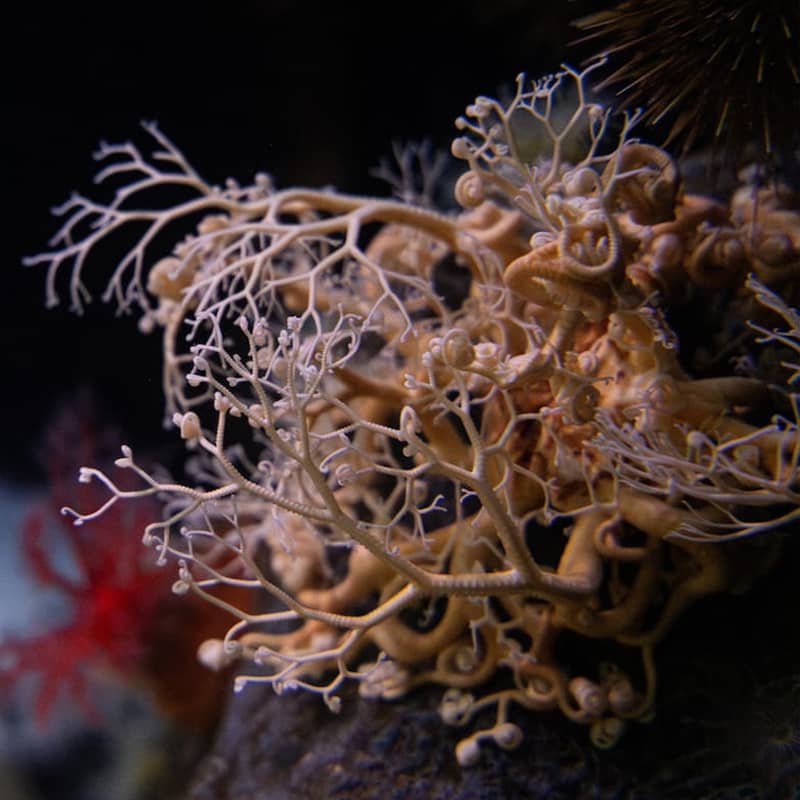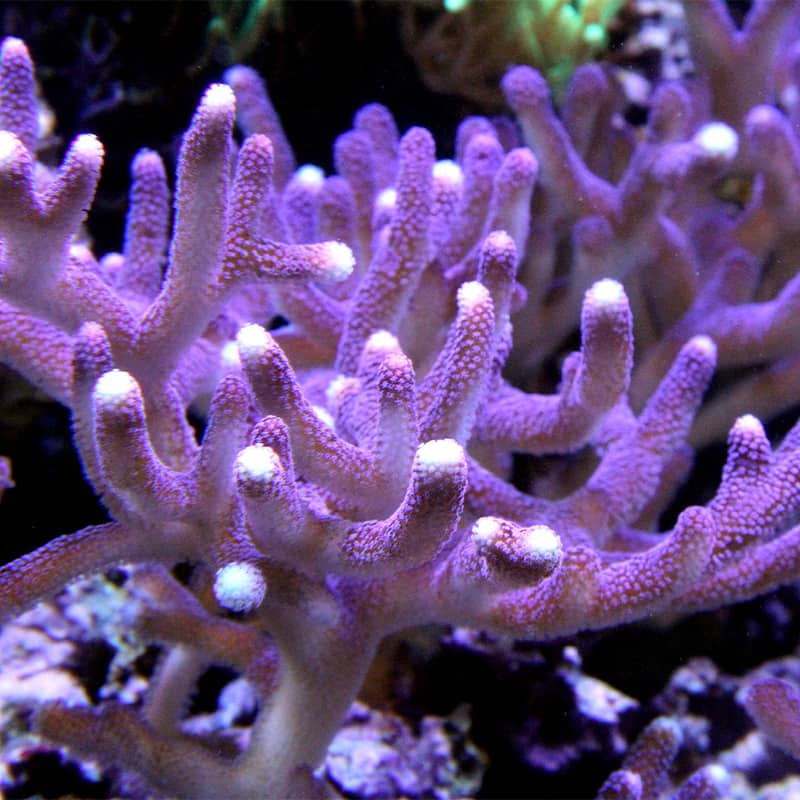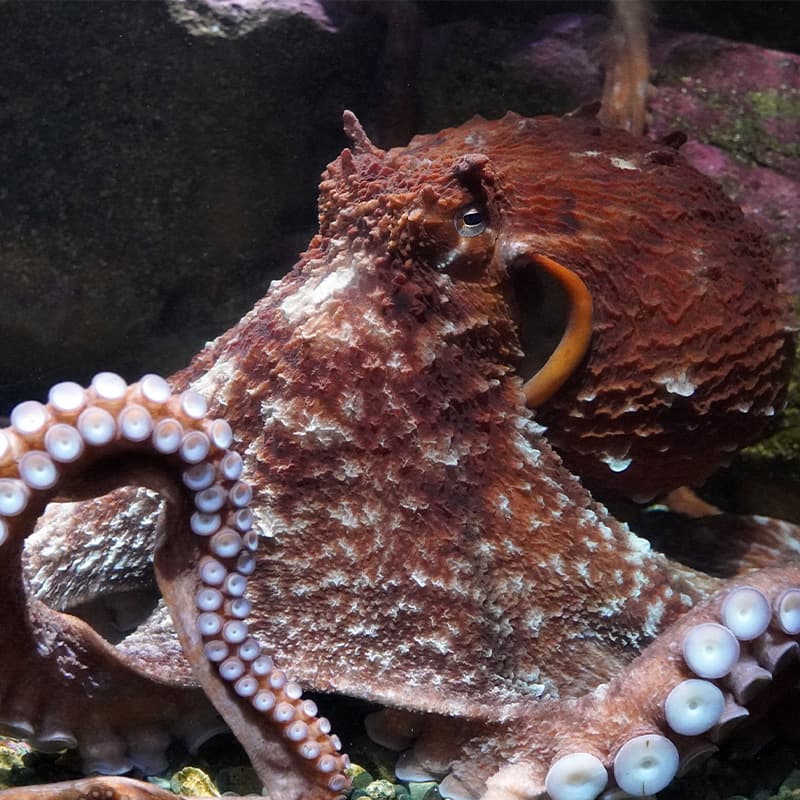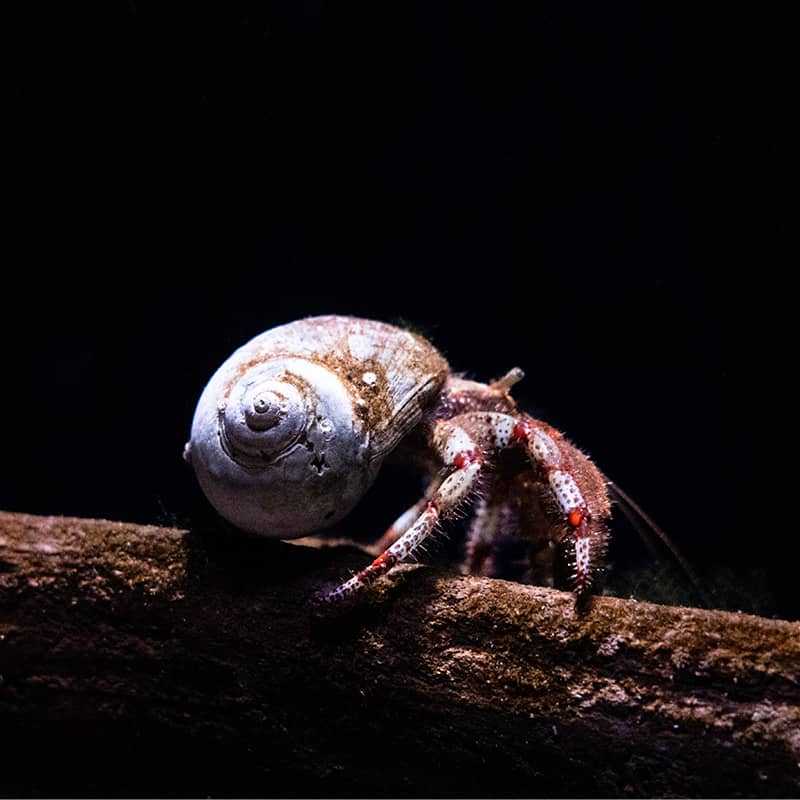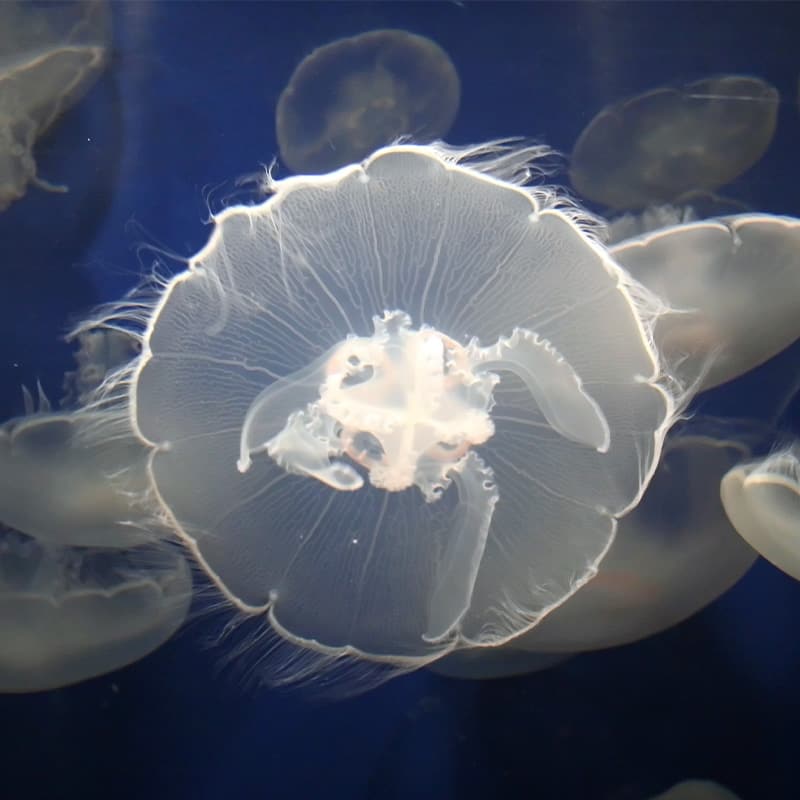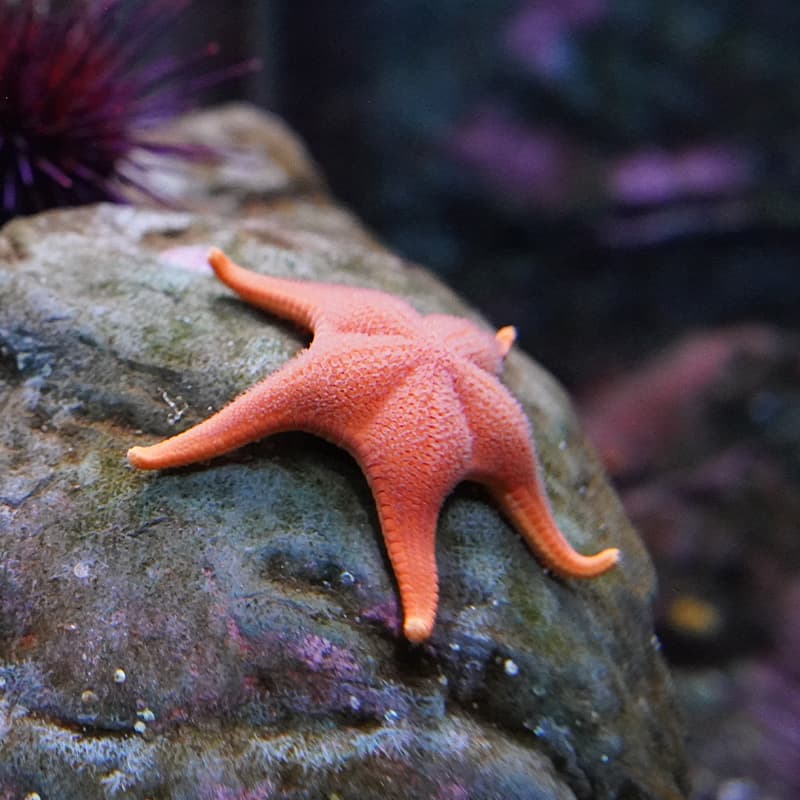- Invertebrates
Dwarf cuttlefish
The amazing, color-changing dwarf cuttlefish!
Cuttlefishes are sometimes called “the chameleons of the sea” because of their ability to change their color—even their pattern and texture—in the blink of an eye. They do this to communicate with other cuttlefishes, camouflage themselves, and warn off potential predators. These fish are found in the Indo-Pacific, making their homes in shallow, coastal waters near coral reefs and over sand.
At the Aquarium
- At Home in the Ocean, Ocean Pavilion
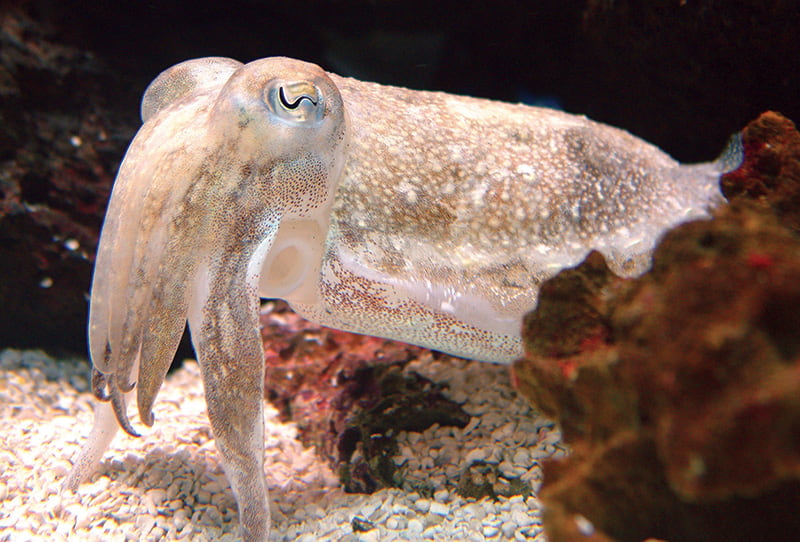
Blue blood? Try green!
Cuttlefishes and their cephalopod cousins are noted for the unusual color of their blood—it’s blue/green. Why? Because it’s copper-based, not iron-based like human blood. Cuttlefishes also have three separate hearts: two dedicated to their pair of gills, and one for the rest of their bodies.
What’s in a name?
The cuttlefish gets its name from its cuttlebone—an internal, porous structure that helps the animal regulate its buoyancy. The cuttlefish can control that buoyancy by changing the gas-to-liquid ratio via a specialized tube called the ventral siphuncle. Cuttlefishes are unique in that no other cephalopods have cuttlebones.
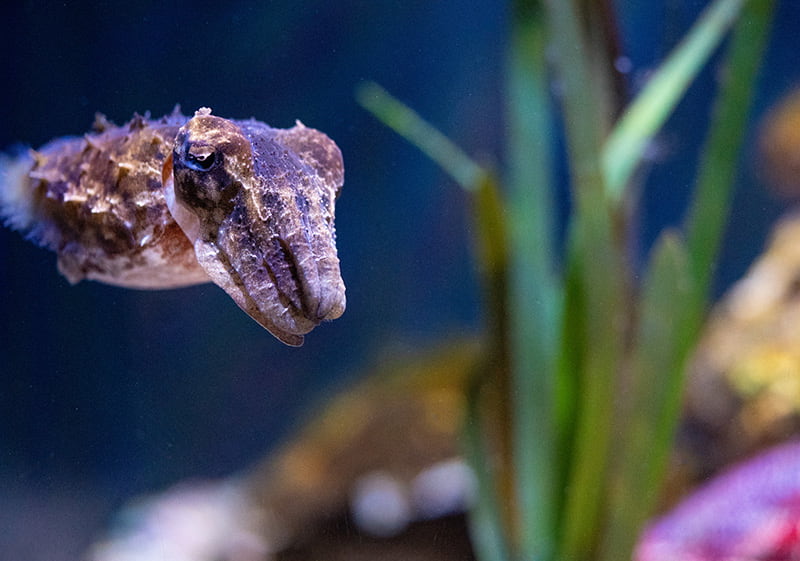
On the hunt
Adult cuttlefishes in the wild prey on shrimp, crabs and fish. They rely on their camouflage to sneak up on their prey. If their desired meal is partially hidden by sand, they can squirt out a jet of water to uncover it. Then they quickly open their eight arms and shoot out two long feeding tentacles to grab the prey and pull it toward their sharp beaks and, eventually, their mouths.
And on the run
Because dwarf cuttlefishes are small, they’re a popular prey item. Large fish, sharks and even other cuttlefishes—sometimes of the same species!—are the most common cuttlefish predators. Humans also hunt cuttlefishes. There are approximately 120 known species of cuttlefishes in the world, including the dwarf cuttlefishes at the Seattle Aquarium.
All in the family
When you look closely at cuttlefishes, you may not be surprised to find that they’re related to octopuses and squid. Like those animals, cuttlefishes have elongated bodies and arms that surround their mouths. And, like all cephalopods, cuttlefishes can squirt ink to warn off approaching predators.
Quick facts
They can change their color, pattern and texture in the blink of an eye.
Cuttlefishes rely on their camouflaging ability to sneak up on their prey.
These cephalopods have three hearts and blue/green blood!
